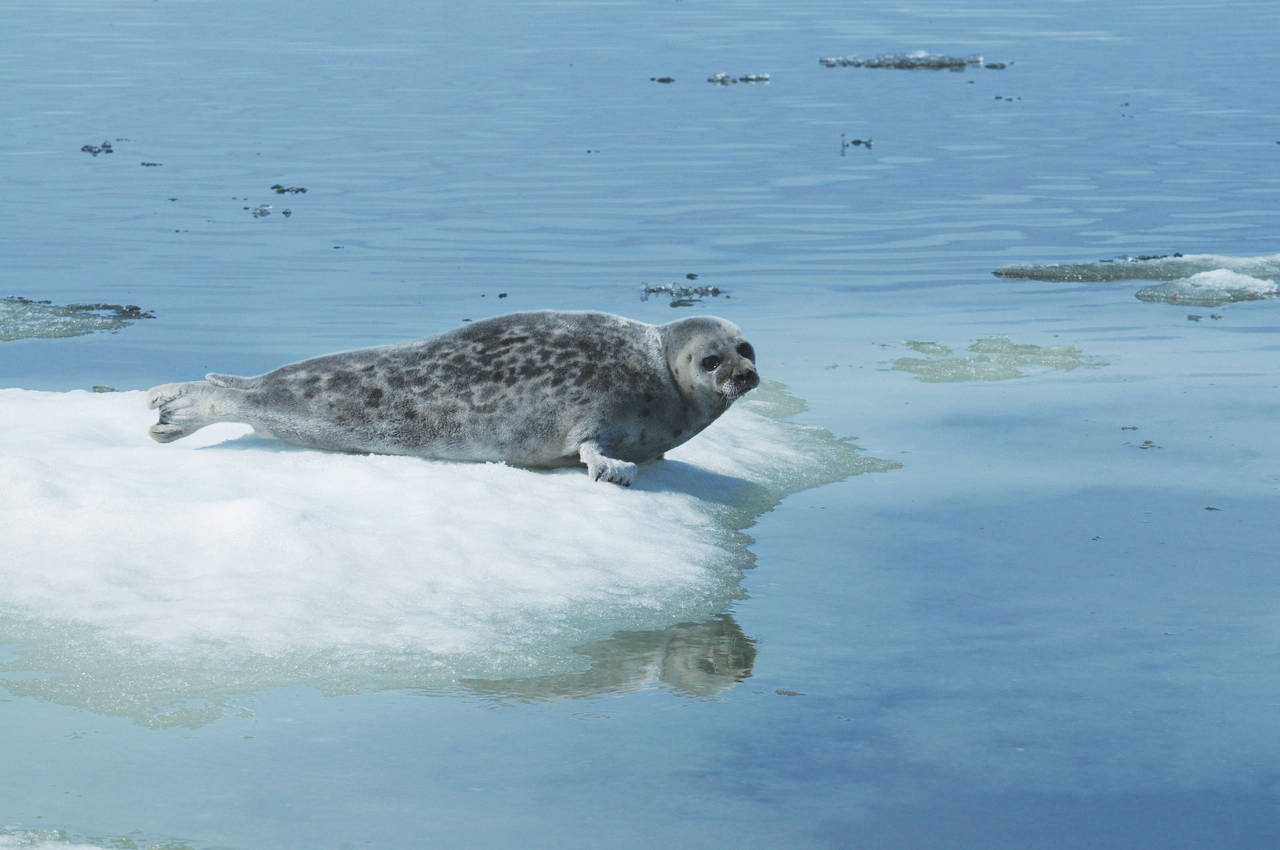By Brian Mazurek
Peninsula Clarion
Alaska’s Department of Fish and Game has criticized the federal government’s rejection of its petition to delist Arctic ringed seals as “threatened” under the Endangered Species Act.
“Ongoing research, along with traditional knowledge compiled since the listing shows no evidence of declines in ringed seal populations,” ADF&G Commissioner Doug Vincent-Lang said in a Wednesday press release. “The seals are handling current environmental changes well. ESA listings should be reserved for imperiled species. It is difficult to believe that a species with a healthy, robust population that numbers in the millions can be threatened with extinction.”
Since 2013, three subspecies of ringed seal — the Arctic, Okhotsk and Baltic — have been listed as “threatened,” while the Ladoga subspecies is considered endangered.
The National Marine Fisheries Service’s decision was based on “threats associated with ongoing and projected changes in sea ice and on-ice snow depths stemming from climate change within the foreseeable future,” according to its decision on the petition.
This ruling was contested by ADF&G at the time and has already faced legal challenges in the past. In 2016, the U.S. District Court for the District of Alaska vacated the listing in a case between the Alaska Oil and Gas Association and the NMFS. That decision was reversed in 2018 by the U.S. Ninth Circuit Court of Appeals, which reinstated the listing.
The primary basis for the decision to list Arctic ringed seals as threatened in 2012, according to NMFS, was that warming temperatures and diminishing sea ice would reduce the amount of habitat for the seals and have an adverse effect on population and overall health of the species.
The petitioners, which include ADF&G, the Arctic Slope Regional Corporation, the Inupiat Community of the Arctic Slope and the North Slope Borough, argued that newly available scientific data suggests that, while the amount of sea ice in the Arctic has steadily decreased since 1979, this has not had an adverse effect on the Arctic seal population.
In its decision, NMFS stated that the petition “does not present new information or analyses that had not been previously considered and therefore does not present substantial scientific or commercial information indicating that the petitioned action may be warranted.”
Although it has denied the State of Alaska’s petition, NMFS will be “separately” initiating a five-year review of the Arctic ringed seal’s threatened status, which is supposed to be conducted every five years in order to account for newly available scientific data.
In its response to the denial of the petition, ADF&G argued that maintaining this listing “will have significant consequences for the economy of the State and subsistence opportunities for Alaska Natives with little to no conservation benefit to ringed seals.”
For more information on the petition and the decision by NMFS, visit the National Oceanic and Atmospheric Administration’s website at https://www.fisheries.noaa.gov/action/90-day-finding-petition-delist-arctic-subspecies-ringed-seal-under-esa.
• Reach reporter Brian Mazurek at bmazurek@peninsulaclarion.com.

